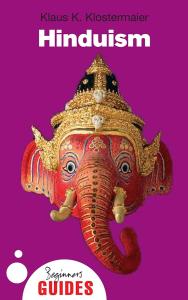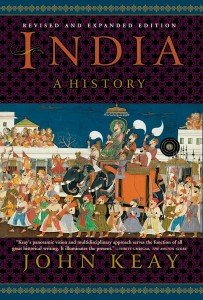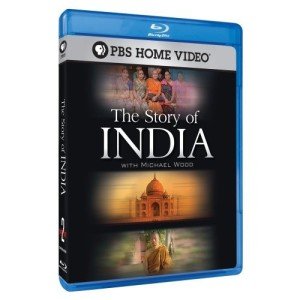Review of Classifying the Universe:
The Ancient Indian Varna System and the Origins of Caste
By Brian K. Smith
Brian K. Smith’s Classifying the Universe: The Ancient Indian Varna System and the Origins of Caste, published by Oxford University Press in 1994, is a groundbreaking exploration of one of the most complex and enduring social systems in history. Smith’s work combines meticulous scholarship with profound insight as he unpacks the philosophical, religious, and societal underpinnings of the ancient Indian varna system. This book is a valuable resource for anyone interested in Indian history, religion, or social anthropology.
About the Author
Brian K. Smith, who died in 2019, was a distinguished scholar specializing in the study of religion and Indian philosophy. He taught for over two decades in the academic world, first at Columbia University’s Barnard College and later at the University of California, Riverside, where he retired as Professor Emeritus in 2004. As of the publication of this work, Smith was known for his expertise in Indic traditions, particularly the intersection of textual analysis and social systems. His rigorous academic approach and ability to weave interdisciplinary perspectives into his research earned him respect across fields. His contributions to the understanding of caste systems and religious traditions within academic circles remain highly regarded.
Summary of the Book
Smith’s Classifying the Universe meticulously examines the ancient Indian varna system, which forms the foundation of what later evolved into the modern caste system. Drawing heavily on Vedic texts, Smith analyzes how the varna system was initially conceived as a cosmological and ritualistic framework, rather than a rigid social hierarchy.
The book delves into the four principal varnas: Brahmins (priests), Kshatriyas (warriors), Vaishyas (merchants), and Shudras (servants). Smith argues that the classification system was intended to mirror the cosmic order, integrating human society into a universal schema of roles and responsibilities. He explores the symbolic and metaphysical aspects of these divisions, demonstrating their roots in sacred texts such as the Rigveda and later Upanishadic philosophies.
Beyond the theological and cosmological implications, Smith traces the evolution of varna into the more stratified and exclusionary caste system we recognize today. He discusses the roles of dharma (duty), karma (action), and ritual purity in reinforcing these divisions, as well as historical shifts that contributed to the institutionalization of caste.
Critical Analysis
Strengths
One of the book’s most compelling strengths is Smith’s ability to marry textual analysis with sociological insights. His thorough investigation into Vedic literature provides readers with a deeper understanding of the intellectual and spiritual foundations of the varna system. By focusing on the system’s origins as a cosmological tool rather than a societal weapon, Smith challenges conventional interpretations and opens the door to more nuanced discussions.
The author also excels in tracing the historical trajectory of varna, demonstrating how external influences, such as invasions and political changes, gradually shaped the system into the rigid caste hierarchy we observe today. His interdisciplinary approach, which incorporates elements of philosophy, history, and sociology, enriches the narrative and offers a multifaceted perspective.
Weaknesses
While Smith’s textual analysis is impressive, some readers may find his reliance on Vedic and Sanskrit texts overly narrow. As this is a scholarly text, the book occasionally assumes a level of familiarity with these ancient sources that casual readers might not possess. Additionally, Smith’s focus on textual sources may overlook the lived experiences and oral traditions that also contributed to the development of the caste system over centuries.
Another critique is that the book, while academically rigorous, sometimes lacks accessibility for a general audience. The language and structure, though suitable for scholars, might feel dense or esoteric to readers unfamiliar with the academic study of religion and history.
Impact and Relevance
Classifying the Universe remains a seminal work in the study of Indian history and the development of social classifications. It challenges readers to reconsider the origins of caste not merely as a tool of oppression but as part of a broader philosophical framework. Smith’s insights are particularly relevant in contemporary discussions about caste, identity, and societal reform in India and beyond.
At a time when caste discrimination continues to spark debates and movements for equality, Smith’s work offers valuable historical context for understanding the system’s roots. It serves as a reminder that caste, like any social construct, is not monolithic but somewhat shaped by centuries of interpretation, adaptation, and misuse.
Conclusion
Brian K. Smith’s Classifying the Universe is an intellectually rich and thought-provoking exploration of the ancient Indian varna system and its transformation into the caste structures we recognize today. Though demanding in its scholarly rigor, the book rewards readers with profound insights into one of history’s most enduring social systems. Whether approached as a philosophical inquiry, historical analysis, or sociological study, this work stands as a testament to the complexity of human classification and its far-reaching consequences.
For academics, students, and anyone inquisitive about Indian history and philosophy, this book is an indispensable resource that continues to spark meaningful dialogue decades after its publication.






